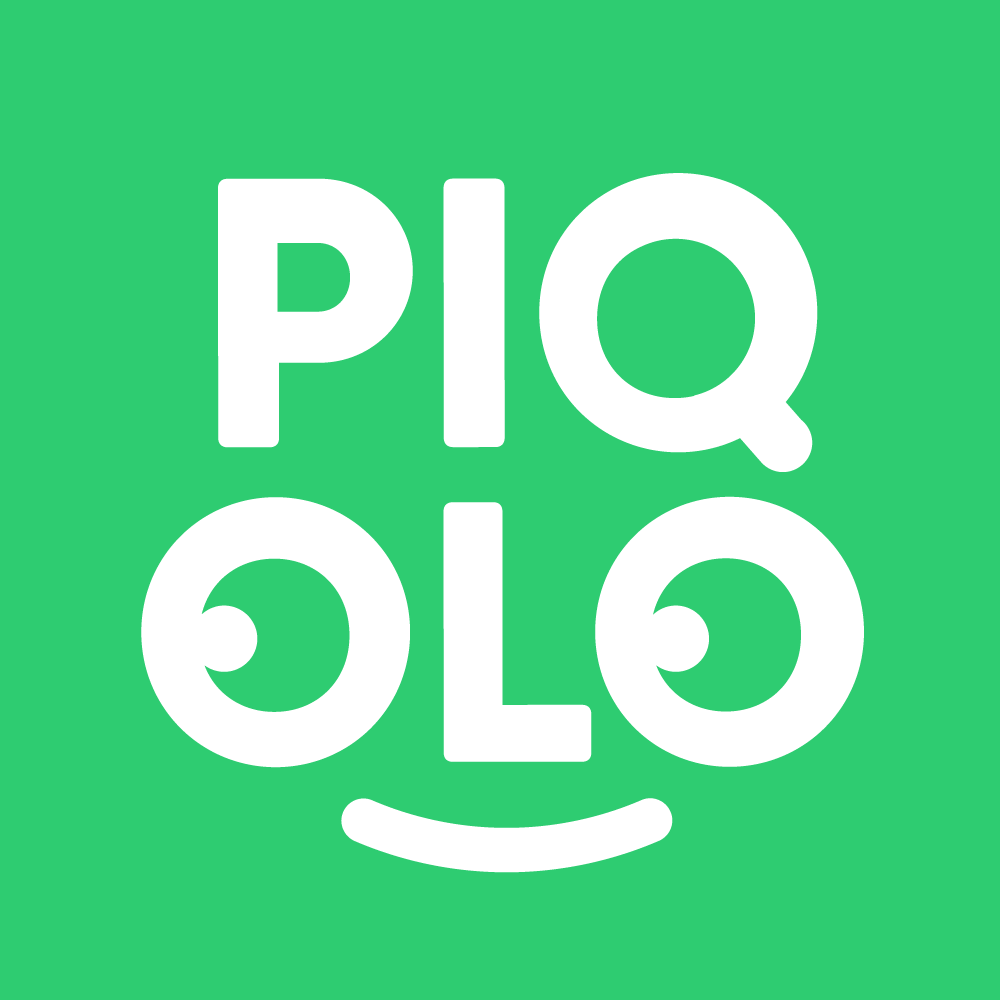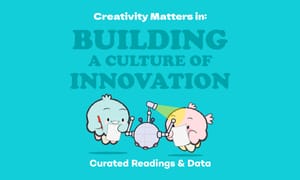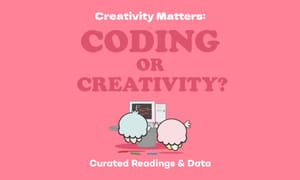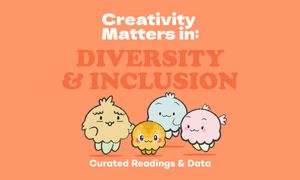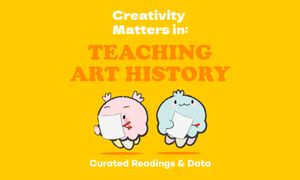In today's rapidly evolving technology landscape, the integration of Artificial Intelligence (AI) into education is not just a technological advancement but a fundamental shift in learning. Nurturing creativity and cultivating critical thinking skills in students is crucial for enabling this change.
Creativity infuses the educational process with a sense of exploration and discovery, allowing students to engage with AI technologies in new, dynamic and imaginative ways. By encouraging experimentation and divergent thinking, creativity enables students to uncover hidden potentials within AI systems, sparking excitement and encouraging them to explore alternative approaches to problem-solving.
By developing creative and critical thinking skills, students will learn to leverage the full potential of AI tools and cultivate resilience and adaptability, which are crucial for navigating an AI-driven future.
Here are some important ideas and readings from key publications around the world:
How Should Teachers Approach the AI Revolution?
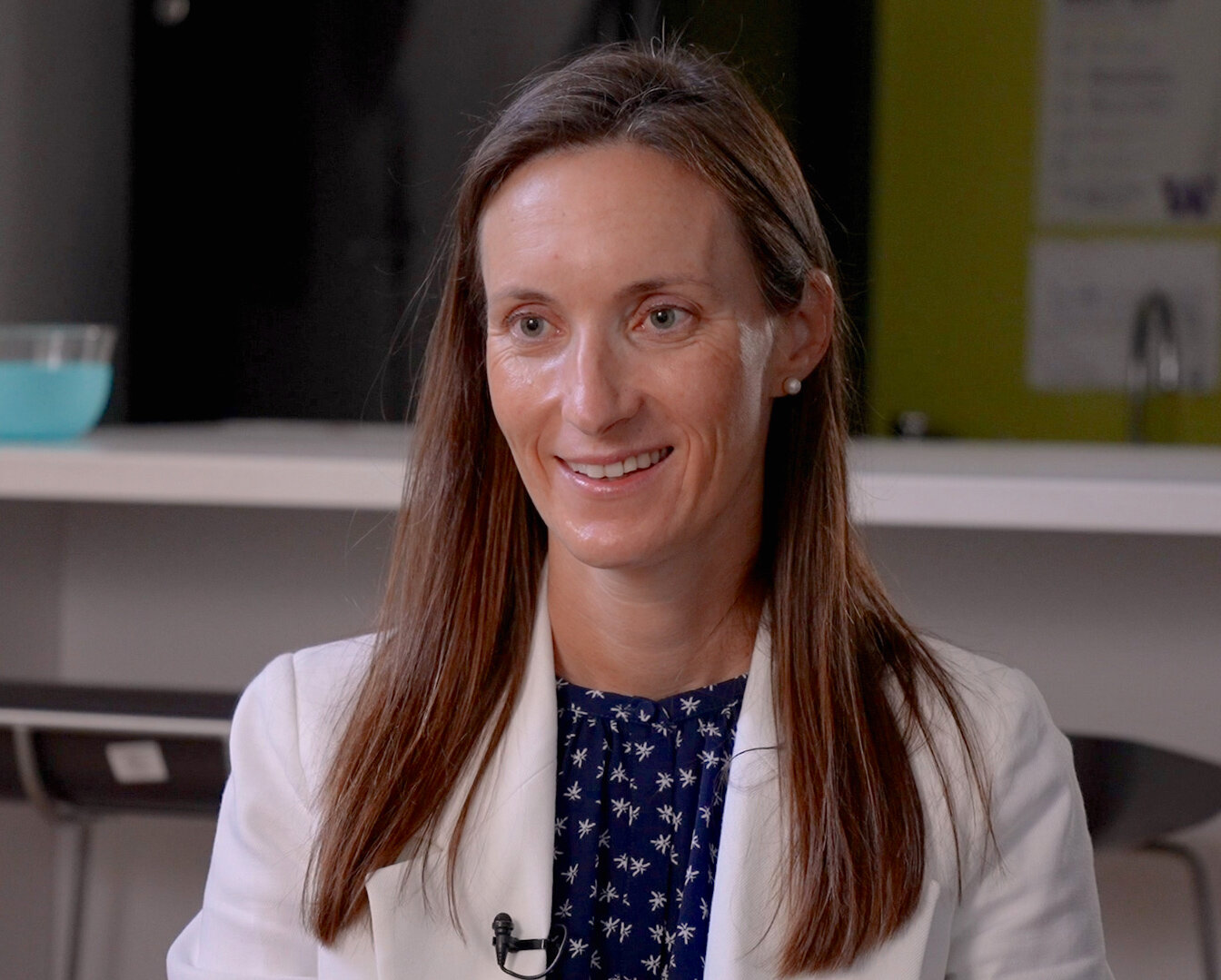
As educators, we know that the rise of AI prompts significant concerns and questions. How can we leverage AI to enhance our teaching methods? Are there emerging subjects or skills that we should incorporate into our curriculum? Conversely, are there traditional topics that may no longer require extensive focus? While this technological upheaval may evoke nervous feelings of uncertainty, the researcher believes it's a positive disruption, one that compels educators to reevaluate our goals of teaching and reprioritise student learning outcomes.
The researcher advocates for a balanced approach to AI utilisation, emphasizing creativity, critical thinking, and educational enrichment. They hope to guide educators and policymakers in leveraging technology to enrich the learning experience while upholding principles of agency and engagement in the digital age.
Educators Need to Nurture Student Skills for Effective AI Utilisation
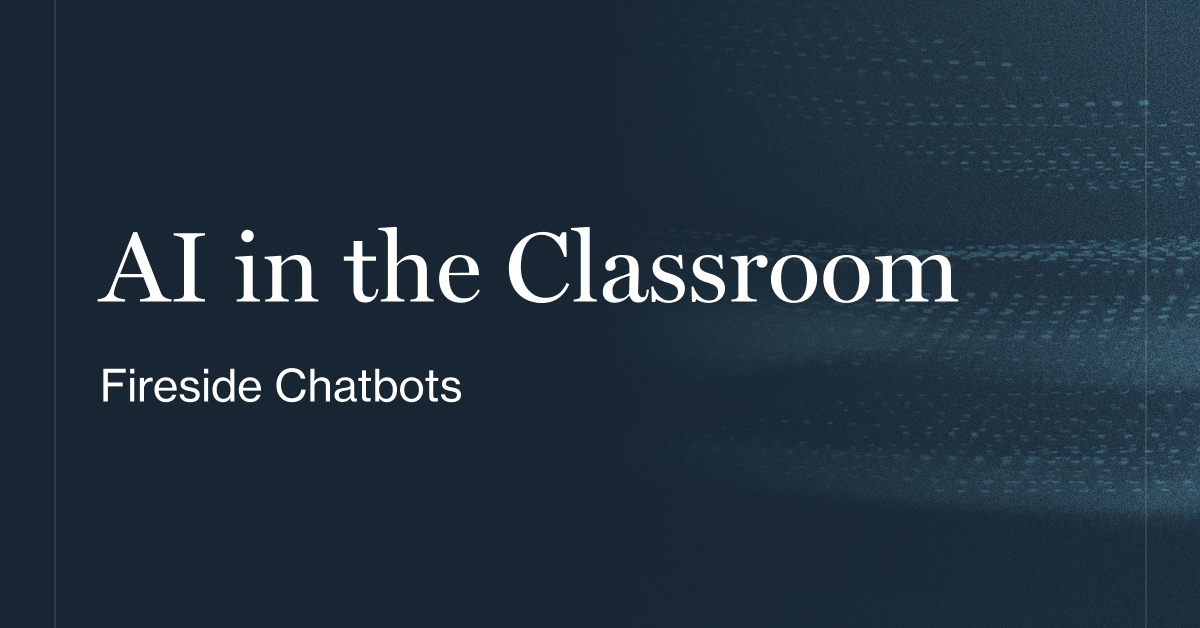
While AI technology undoubtedly offers valuable enhancements to learning and opens doors to new opportunities for students, it's equally essential for students to develop the skills necessary for effective utilisation of AI. This involves nurturing creativity, critical thinking and problem-solving.
Furthermore, students must comprehend the limitations of AI and learn to discern when to trust or question the information it provides. By integrating these skills and perspectives into the classroom setting, students can develop a comprehensive understanding of AI and its broader implications in society.
Creativity is at the Core of Maximising AI's Potential in Education

Creativity stands at the forefront of progress, particularly in the context of advancing technology. In our education system, the need for creativity is paramount, as it drives both human and technological advancement. Creativity isn't confined to artistic pursuits but underpins every profession in our evolving workforce.
As artificial intelligence becomes integrated into various fields, humans must embrace their creativity to solve increasingly complex problems. It's crucial not to delegate the essence of creativity to AI, but rather to cultivate it within ourselves and instil it in future generations. By embracing creativity and taking proactive steps, we have the potential to shape a brighter future for generations to come.
Can AI Help or Hurt Student Creativity?

Teachers are currently debating the impact of AI, such as ChatGPT, in the classroom. Research suggests that AI can enhance creativity by sparking brainstorming sessions, but it also carries the risk of students becoming over-reliant on it and experiencing diminished self-confidence.
While AI can assist with generating ideas, it lacks the ability to define problems and refine ideas. This highlights the importance of maintaining a balance between human input and technological assistance in education to responsibly nurture creativity.
Conclusion
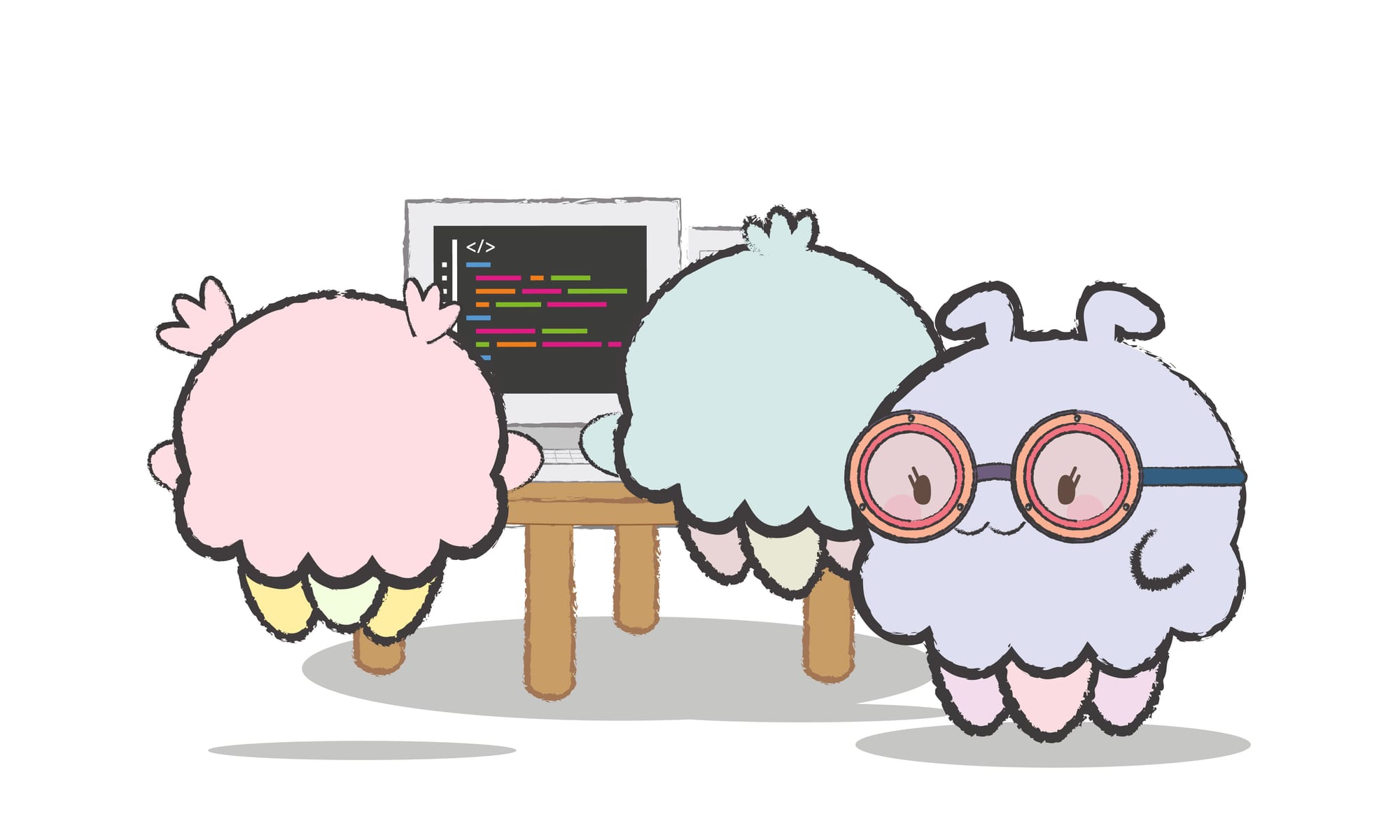
In today's evolving tech landscape, the integration of AI into education is reshaping teaching and learning, with creativity at its core. Encouraging creativity plays a pivotal role in propelling innovation in the utilization of AI tools, igniting students' curiosity and prompting new and unconventional problem-solving approaches.
Through the embrace of creativity, students not only unlock the complete potential of AI but also cultivate vital skills necessary for navigating and excelling in an ever-evolving AI-centric future.
Creative STEM-Inspired Activities for K-3
Here are a few printable classroom activity ideas to promote creativity through STEM learning:
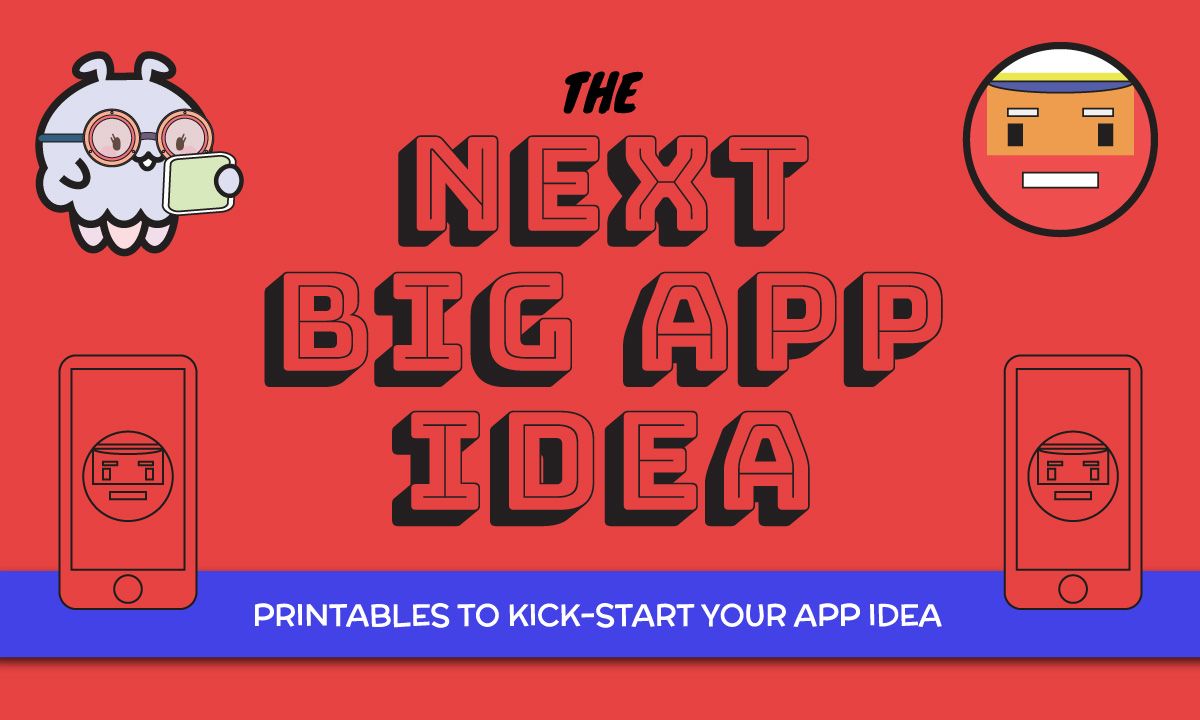
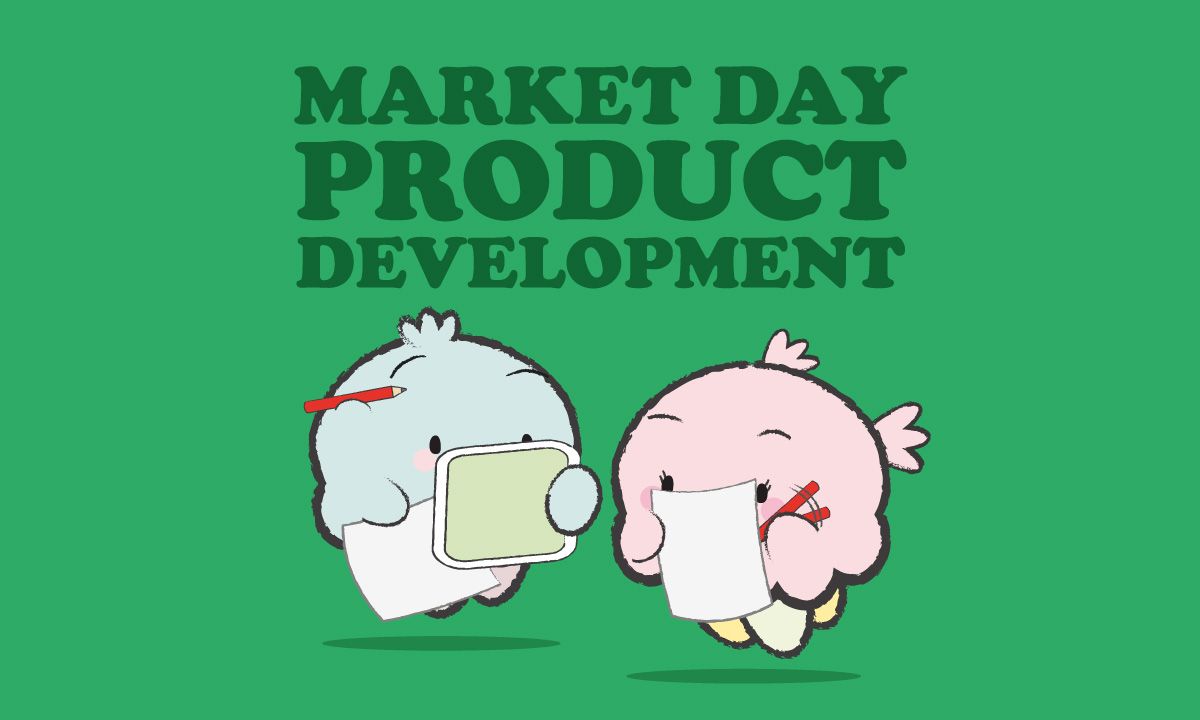

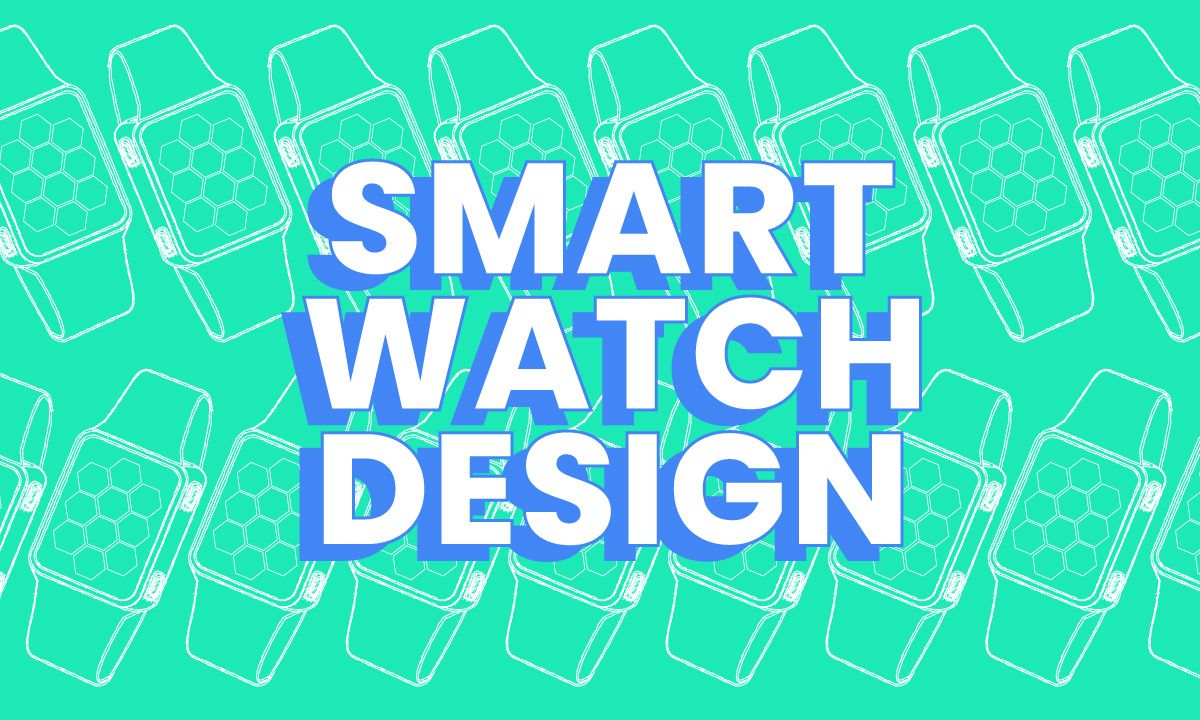
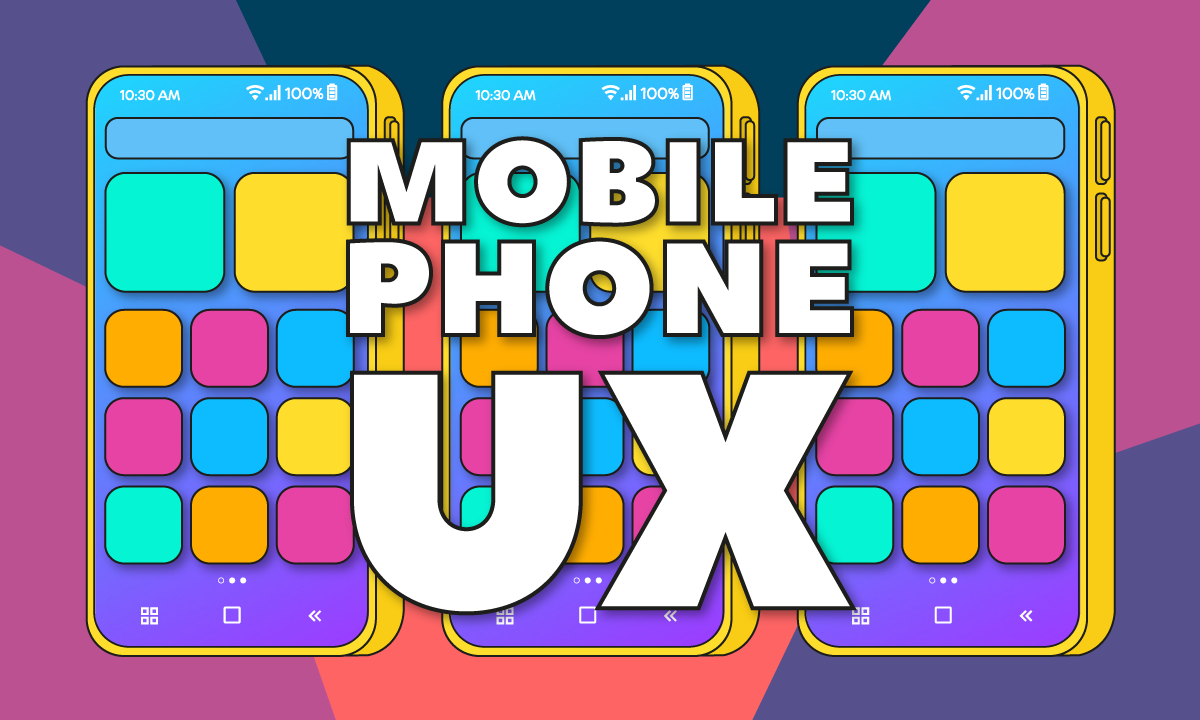
Our K-3 Creative Activity Printable Bundle
Boost your lesson plans with our innovative collection of printable activities for the year. "Over 100 projects with more than 400 printable sheets" to spark imagination and foster creativity in your classroom for the whole year.
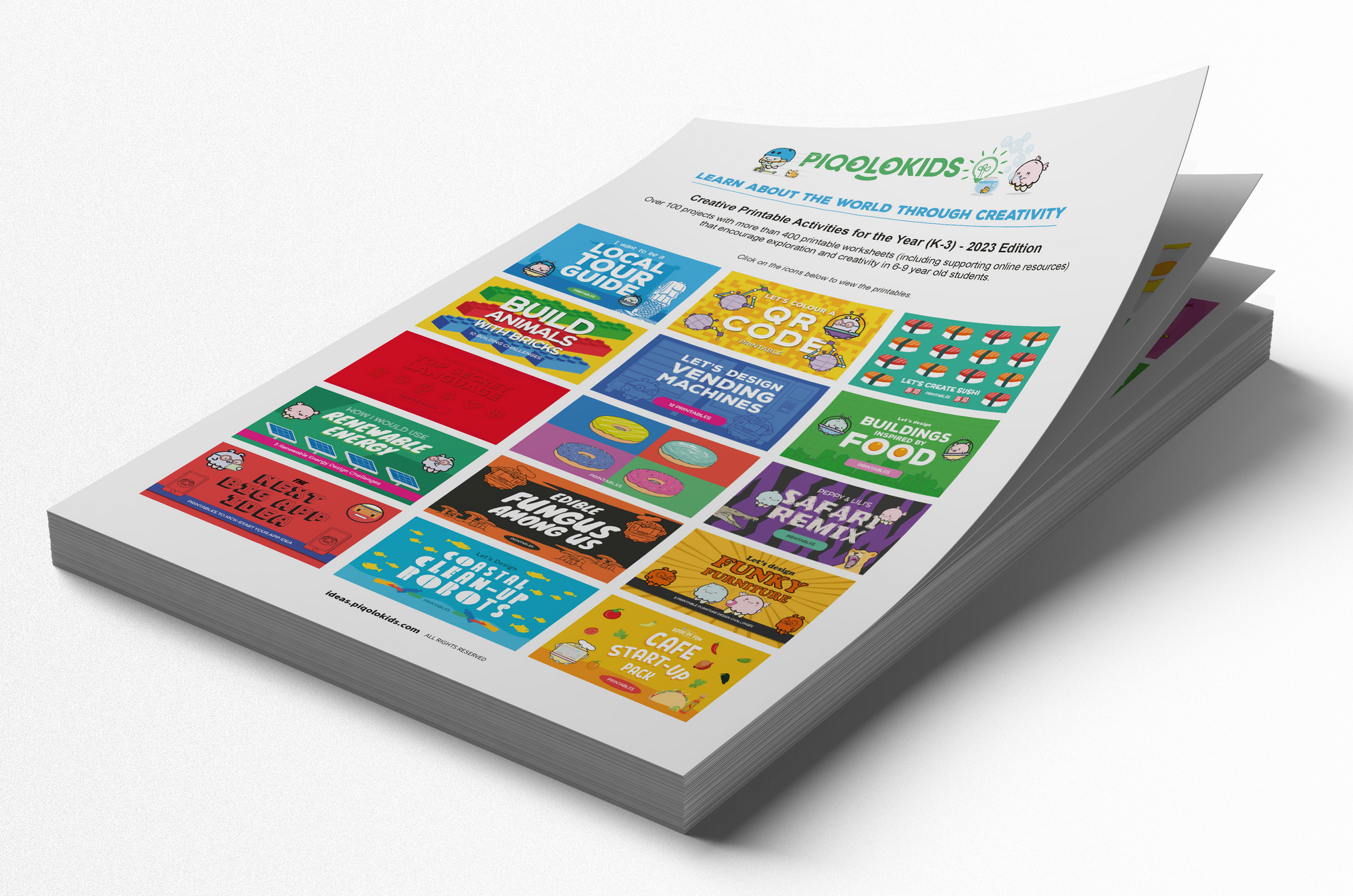
PBL and Genius Hour Supplement Printable Bundle (K-3) - 2023 Edition
This creative activity bundle is jam-packed with over 100 projects with more than 400 printable activity sheets for 6-9 year olds. With a focus on creativity and hands-on learning, this bundle is perfect for keeping little learners engaged, designing and creating for an entire year.
An excellent resource for teachers, subs, parents and caregivers looking for fun and creative activities to keep kids busy and learning. It's perfect for use in the classroom, at home or on the go. With so many activities to choose from, kids will never be bored!
- DIGITAL ONLY PRODUCT i.e. PDF format.
- Over 100 projects with more than 400 printable sheets.
- Printable sheets mainly black & white.
- Includes links to supporting online resources.
- File size: 166.5 MB / 518 pages.
Or join our Premium Subscription to access all the printable worksheets in the bundle and more for only $30/year.






